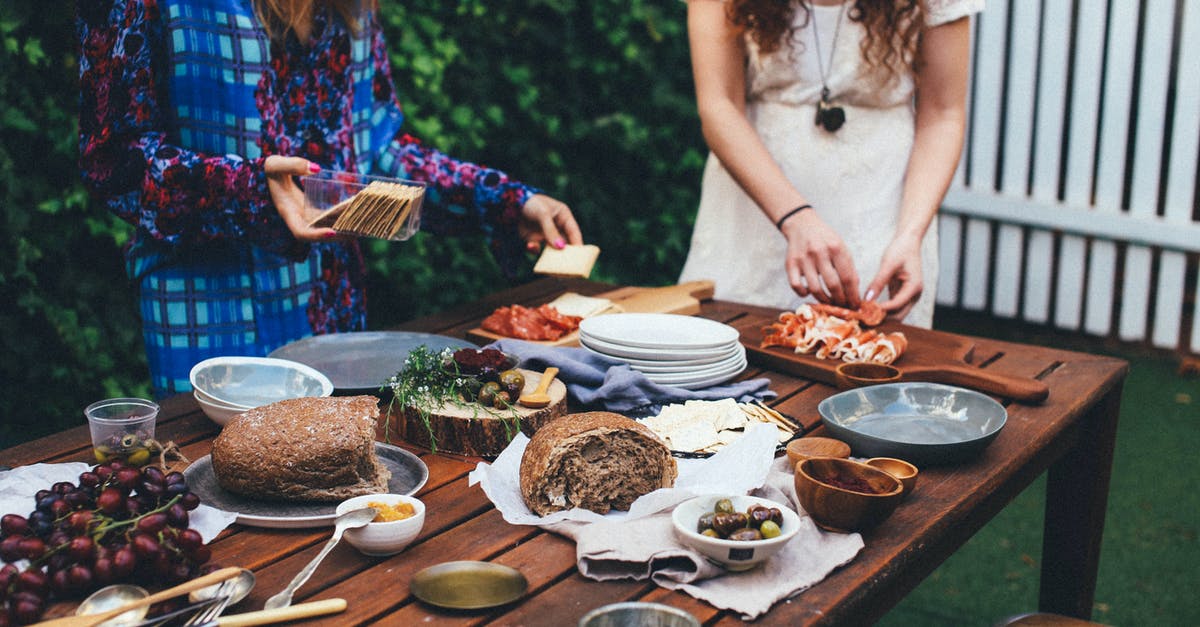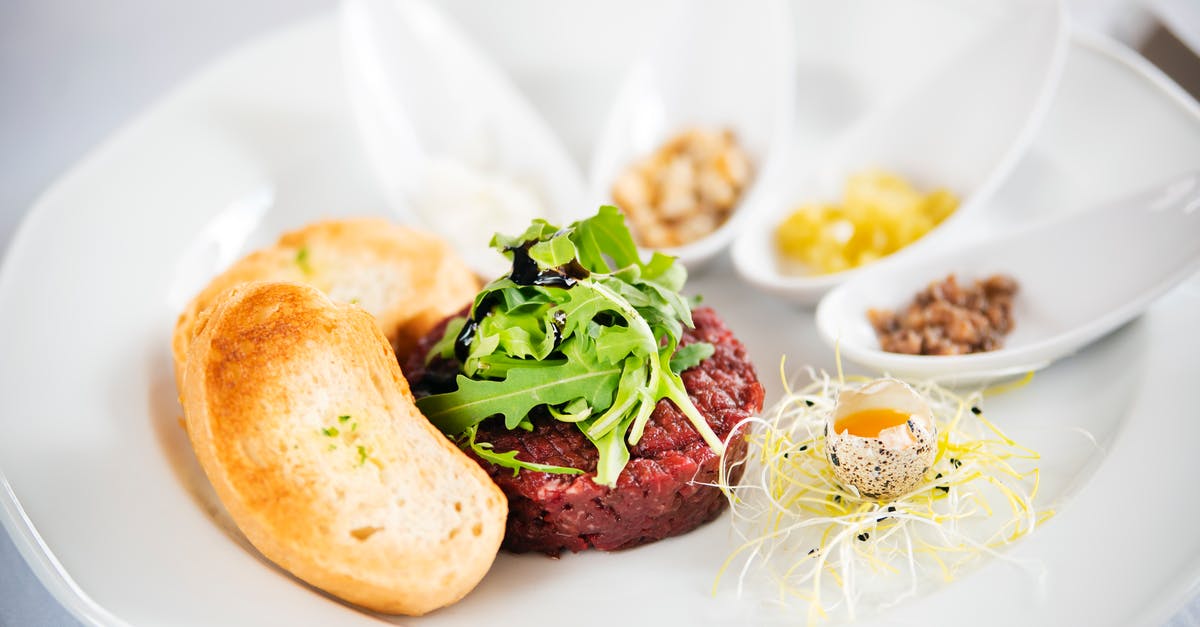Amish Friendship Bread starter with buttermilk

I saw a recipe for an Amish Friendship Bread that called for buttermilk in the starter and feedings. If I made this and gave some away, are the recipients now required to continue to feed the starter with buttermilk or can they feed it like a normal starter? I don't want to make this one if it is forever required to "eat" buttermilk.
Best Answer
Probably not...
Though there are plenty of starters that include dairy, instant mashed potatoes, fruits, etc to inoculate or feed the starter; the goal of any starter culture is to grow and maintain a of yeasts that can efficiently and effectively raise bread, normally wheat or rye-based bread. Any ingredient added to a starter other than water and wheat/rye, in my opinion, only increases the chances of ruining a perfectly good starter through contamination. The species of yeasts and bacteria that flourish in milk or on fruit may lead to off-flavors. In cultured buttermilk (widely available in the US) the milk is first pasteurized then inoculated with a mixture of bacteria to produce the tangy flavor and thicker texture. Unfortunately, this often includes bacteria from the genus Leuconostoc which are known to cause off-flavor in starter cultures and their resultant breads.
On the Other Hand...
Unlike sourdough starters (where a procession of bacteria acidify the mixture to the point where only wild yeast and certain bacteria will happily live there) your buttermilk starter probably has a pH around 4.5. This is the pH where commercial yeast functions optimally, lower than that (pH 4) the yeast will produce less gas, a lot lower (pH 3) they won't produce any gas at all and may die off. Refreshing the starter regularly with a mixture of buttermilk and flour provides food for the yeast and helps maintain that optimum pH.
If your friend stopped feeding the starter with the buttermilk mixture and just used a flour & water mixture, I suspect it might stop leavening properly. As the bacteria from the original buttermilk keep working they will acidify the culture, over time it could reach a point where the commercial yeast is inhibited, and if it is kept covered in the fridge there probably won't be enough wild yeast to raise the bread.
In conclusion...
If you or the person you plan to share this starter with is likely to feed/refresh it regularly with the buttermilk mixture, then by all means try it out. If not, you're probably better off just starting a more traditional sourdough starter. You can always add milk or buttermilk when making dough to get the flavor and texture you want without the risk of contaminating your starter.
Pictures about "Amish Friendship Bread starter with buttermilk"



How do you start the Amish Friendship Bread starter?
How to Store Your Amish Friendship Bread Starter in the RefrigeratorHow do I know if my Amish Friendship Bread starter is good?
Move your starter to a warm place and give it a chance. If it looks flat after three days, let it go. It still smells bad after feeding and/or discarding a portion of your starter. That sharp acetone smell isn't a bad thing exactly \u2014 it just means your starter is hungry.Do you refrigerate Amish Friendship Bread starter?
Cover loosely with plastic wrap and allow it to stand until bubbly. Once the mixture is bubbly, pour it into a gallon-size zippered plastic bag and seal. Do not refrigerate. Allow the sourdough mixture to sit out at room temperature.Can you use almond milk instead of milk in Amish Friendship Bread?
At the Kitchen, we often use almond milk or rice milk (sweetened or unsweetened, vanilla or plain) for our Amish Friendship Bread starters. These work remarkably well, and the flavor difference is not huge. However, the rest of these milk options should work fine, as well.Amish Friendship Bread Recipe + How to make Starter
Sources: Stack Exchange - This article follows the attribution requirements of Stack Exchange and is licensed under CC BY-SA 3.0.
Images: fauxels, fauxels, Rachel Claire, Piotr Arnoldes
